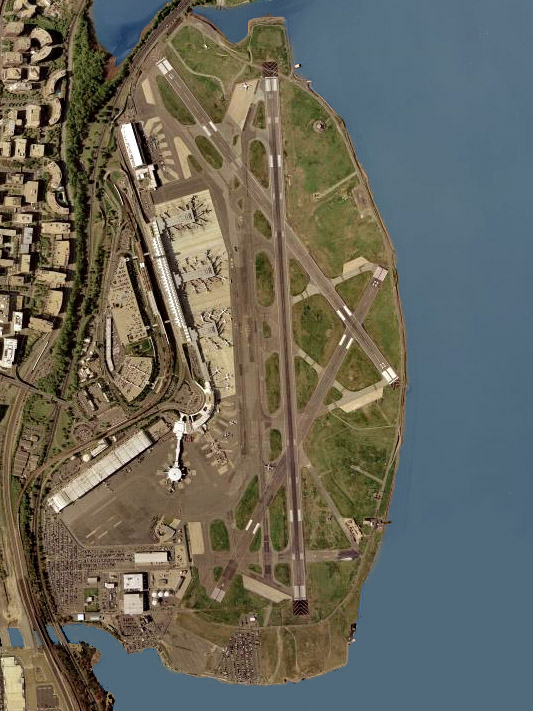
The Tricky Parts of Managing Runway Use at Reagan National Airport
An Overview of Tensions on the Runways
In a revealing turn of events, it has been brought to light that top officials from the Federal Aviation Authority (FAA), among them then-Administrator Michael Whitaker, were advocating fervently last summer for the shutdown of a frequently used runway at Washington’s Reagan National Airport. Why, you ask? It seems they were responding to two intimidating incidents involving commercial airliners that really ruffled some feathers in the FAA’s nest.
Close Calls Prompting Regulatory Response
A quick dive into the details goes something like this – two near-misses in the span of about six weeks set alarm bells ringing. The first incident saw a Southwest Boeing 737, mid-route to Orlando, almost cross paths with a JetBlue Embraer 190 heading to Boston on the busy Runway 4. Thanks to air traffic controllers’ quick reactions, the planes narrowly missed a collision, coming within an uncomfortably close 300 feet of each other. The second incident, just as nerve-racking, involved an American Airlines Airbus A319 that was forced to hit the brakes upon takeoff for Boston as a private aircraft – a King Air, no less – had been cleared to land on an intersecting runway.
The Debate over Closing Runway 4
The response to these tense events saw the FAA take temporary control of Runway 4. However, Whitaker and his team, eager to avoid further risk, proposed a permanent solution – closing the runway outright. This strategy, however, faced considerable opposition and resulted in a heated debate. From the critics’ perspective, closing Runway 4 would create additional burdens for other runways, notably Runway 33, paving the way for more traffic and potential risks.
The Reality of Runway Congestion at Reagan
Now, here’s where we dig into the fine points of the matter. Reagan National Airport operates three runways, each serving various types of traffic. Runway 4, in particular, sees less frequent use due to its shorter length and the required coordination with air traffic control. This doesn’t negate its importance though; it’s seen as a critical taxiway to navigate around the congested airfield and is mainly used by smaller regional jets like the Bombardier and Embraer airliners.
Additional Flight Contention: Adding Fuel to the Fire
Last year, there was considerable pushback when the airport authority and lawmakers, most notably Virginia Sen. Tim Kaine, grew frustrated over the plan to add more flights to an already capacity-restricted airport. In response to their concerns, the FAA pushed back, citing the airport’s existing congestion issues. Despite these valid reservations, Congress went ahead and approved five additional long-distance flights, a decision that many viewed as off-putting to their cause of reducing congestion and maintaining safety.
Redlander Pushback and the Need for More Discourse
Taking a closer look, we find the airport authority unwilling to address the congested state of affairs directly following last week’s collision. They reiterate,however, that the safety of United States airspace is top-notch. Arguably, this blanket reassurance doesn’t fly well when referring to one of the only three capacity-controlled airports in the U.S., with each slot representing a takeoff or a landing.
A Wake-Up Call: The Demand for Better Management
As the situation continues to evolve, it’s clear the FAA, airport authorities, and lawmakers alike will have to re-evaluate the way they “navigate” this loaded issue. They are tasked with finding the right balance between accommodating additional flights and ensuring top-tier safety standards, while wrestling with the intricate policies regulating U.S. airports. What’s key now is to ensure that a detailed review of current practices takes place, and not be distracted by the small distinctions and tangled web of bureaucratic procedure.
A Critical Crossroads: The Future of Airport Management
This provides a super important lesson for aviation authorities worldwide. It pushes for a more thorough review of flight and runway management while underpinning the need for comprehensive and updated safety measures. With this, they can continue to smoothly steer their path in the globally respected field of American aviation, making airspace safer and less daunting for all.
Originally Post From https://www.cbsnews.com/news/faa-reagan-national-airport-runway-close-calls/


